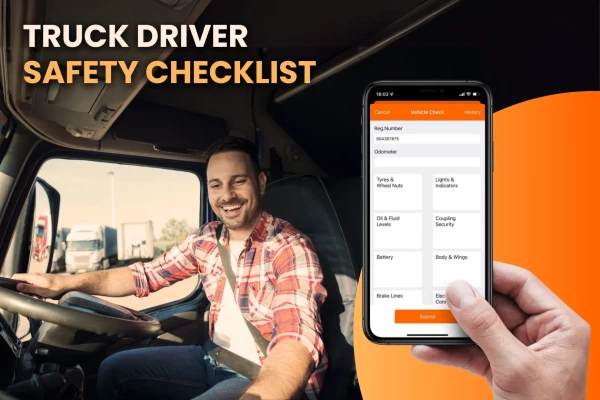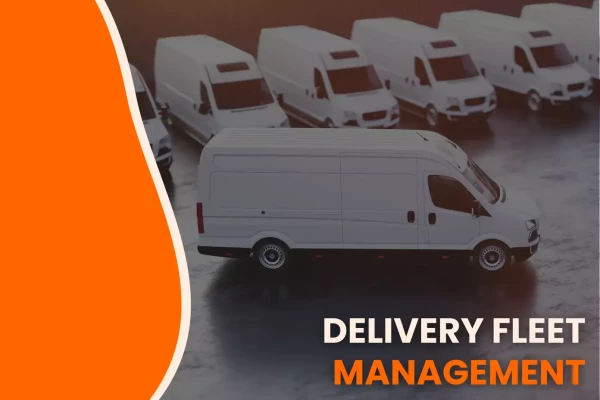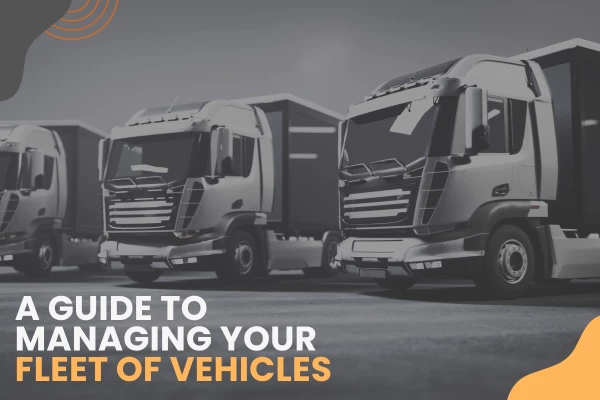What Is a Grey Fleet & How to Treat It Like Your Own

by
Yulia Miashkova
August 29, 2022
What are logistics operations made of? Specifically, what does it take to get a logistics operation going?
A staff of drivers? For sure.
Customers and orders? Definitely.
Vehicles? Not necessarily.
In-house vs third-party is too simple of a distinction to make between logistics operations.
Sometimes, a business owns its vehicles while working with contractors, i.e. part-time drivers. Sometimes, a company will hire full-time drivers but have them operate their own vehicles aka grey fleet.
Either way, logistics operations have key tasks to accomplish, and it's up to each company how to arrange the logistics workflow and find long-term solutions.
This article is all about the last mile logistics of a grey fleet.
What is a grey fleet?
Let's start with the definition.
A grey fleet is a fleet of vehicles used for business purposes but owned by employees rather than the business itself. Simply put, a grey fleet is a fleet of private vehicles used for business journeys.
Grey fleet drivers are employees driving for work purposes and making work-related journeys using their own vehicles. Here is an important distinction to make.
Not every employee using their car for business travel is a grey fleet driver. Only those whose private vehicles are considered part of a business fleet, e.g. couriers, field service agents, etc.
Company business can be different and call for different types of travel. A grey fleet is one that is used to travel to customers' addresses to perform a service or deliver/collect goods.
Grey fleet management 101
Fleet management and fleet maintenance are hard as is; grey fleet management is even harder. While company-owned vehicles are easier to keep track of, grey fleet vehicles are mostly outside of your control.
And yet you deal with the exact same challenges as you would with an in-house fleet, only to a greater extent. Let's look closer.
Driver safety
Driver safety is #1 concern of any fleet manager. While vehicle parts can be replaced, injuries and accidents can leave permanent damage to your employees' health and well-being.
To ensure your staff's safety on the road, you need to do a great deal of risk management. From road and weather conditions and choosing the safest route to ensuring regular breaks and having protective equipment on board - there are a lot of things to consider.
Any employee that spends a good chunk of their day on the road needs to be treated as a driver, even if that's not their formal job title.
Drivers are managed best with the help of last mile logistics software like Track-POD. For example, using Track-POD, you can embed daily breaks into your staff's schedules and use a route optimization algorithm to get the shortest, safest, and cheapest routes.
Vehicle tracking
Vehicle tracking is a big issue when you need to track privately owned vehicles. Especially if we're talking about monitoring several drivers at the same time and in real-time.
You can't have physical tracking devices installed in private vehicles, which means you need to rely on mobile solutions like a tracking app for drivers.
In this case, GPS tracking is active as long as the driver is using their mobile app. The best part is that driver tracking won't cost you anything extra. Track-POD paperless driver app, for example, is all your staff members need to conduct their daily activities - all through a single mobile app.
- Navigation.
- Order/site management.
- Barcode scanning for load check.
- Delivery confirmation/Proof of service.
- Communication with the team and customers.
As long as the driver is using the Track-POD app to go along their daily route, the driver's location will be available in real-time on the map with the rest of the drivers for the dispatcher or manager to see.
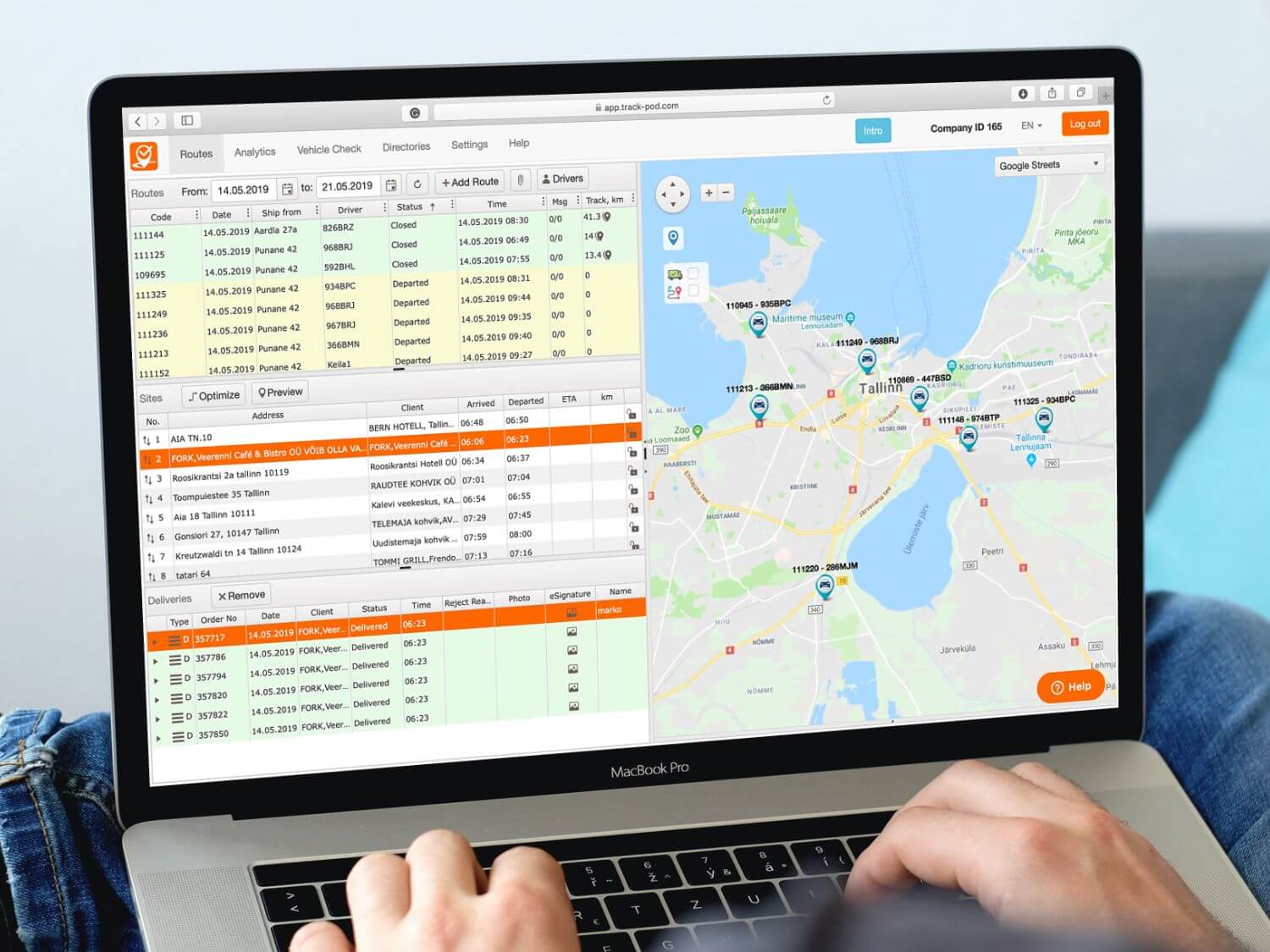
Vehicle maintenance
Vehicle maintenance is a challenge for any logistics operation. Proactive maintenance is not easy to execute when you have limited resources, and reactive maintenance can seriously disrupt your operations.
In addition to that, maintenance for the company's sake can be overlooked when grey fleet drivers need to run vehicle maintenance on their own schedule as private citizens.
One way to incorporate regular grey fleet maintenance into your daily operations is to introduce pre- and post-route checkups via a digital safety checklist for the driver.
A system like Track-POD allows you to build a custom vehicle safety checklist in the web dashboard that will be reflected on the driver's side in their mobile driver app.
When you make vehicle checks mandatory before and after each route, your employees will have to report on the condition of their private vehicles with all vitals indicated. As soon as some vitals are flagged as critical, you can alert your team and have someone check up on the grey fleet vehicle before repairs are needed.
Cost optimization
Another thing that is difficult to do when managing a grey fleet is optimizing transportation costs like fuel. If you work by reimbursing your staff whatever they spend on fuel, you may find these expenses hard to predict and control.
A fuel managemet system is something used by in-house fleets to cut costs by building the shortest routes and arranging customer locations and orders in a way that saves your drivers' travel time.
You can do this for a grey fleet of vehicles when you have delivery software in place. Even privately owned electric vehicles can be routed and optimized in a way that allows to minimize driver range anxiety and never run out of battery on the job.
EV routing and fuel management are both solutions built into delivery systems like Track-POD. By adding your drivers and their private vehicles into the system, you start treating them like your own fleet in terms of the range of features available for cost optimization.
Grey fleet solutions recap
On the one hand, logistics operations that use privately owned vehicles often have limited resources. On the other hand, grey fleet management calls for advanced solutions often unavailable to small businesses.
A compromise you can make here is deploying advanced solutions easy and flexible enough for a small business operation to use. Track-POD delivery software and mobile driver app are examples of such solutions.
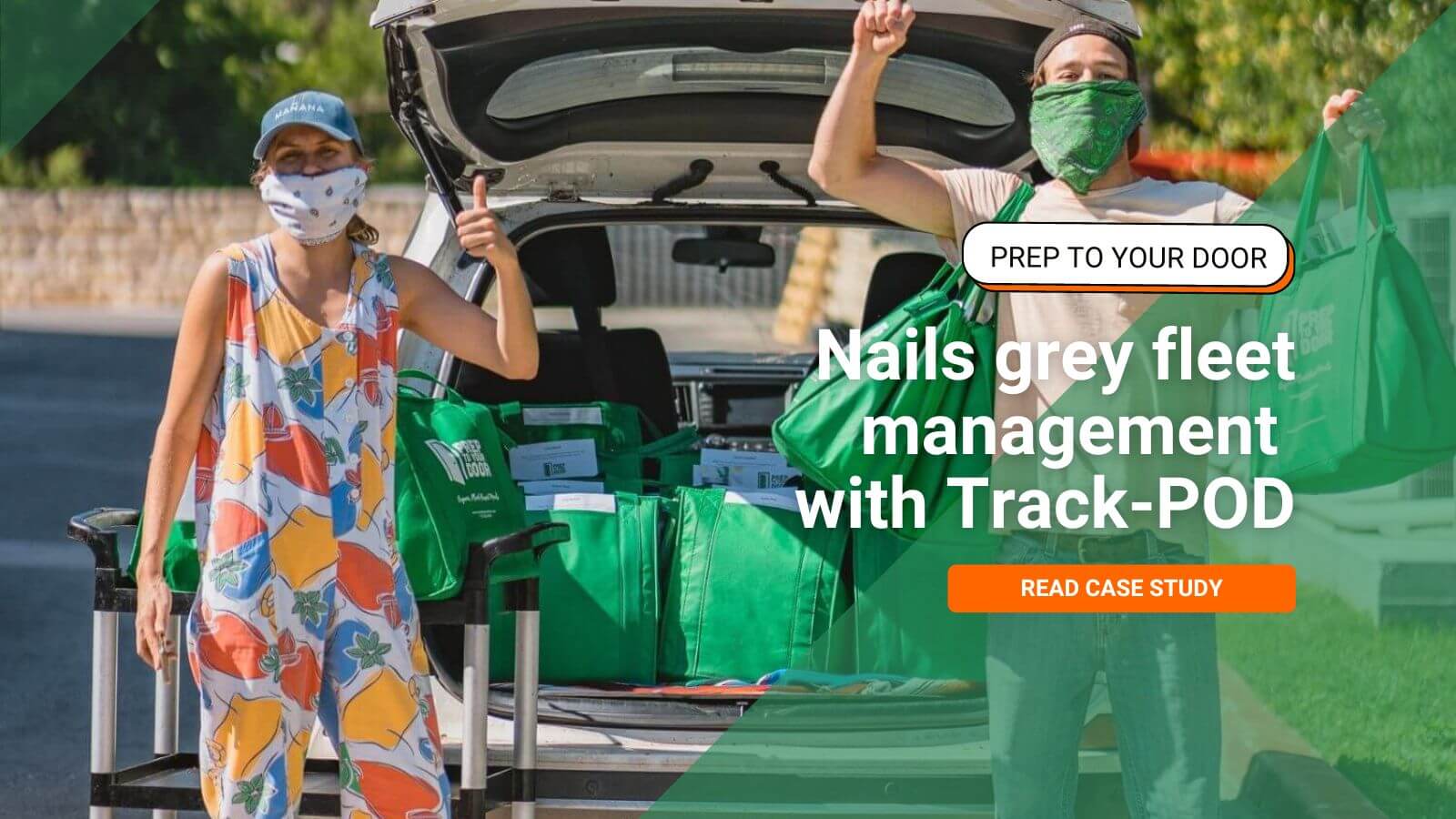
To learn more about Track-POD solutions to grey fleet management with real-life business examples, book a free demo and we'll give you a guided tour.
About The Author
Yulia Miashkova
Growth marketing manager with a background in public relations, SEO, social listening, and Account-Based Marketing.




